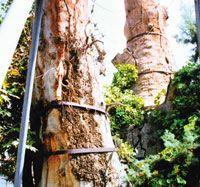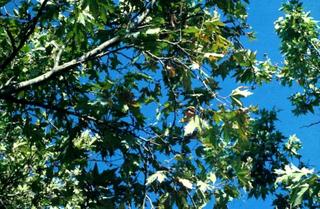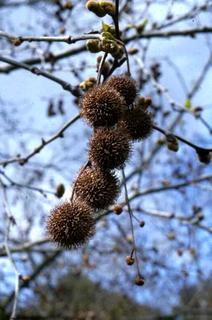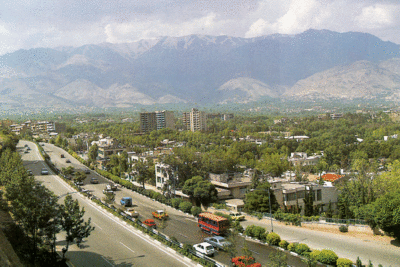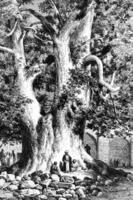 Home of Oriental Plane Tree Part II
Home of Oriental Plane Tree Part IISiamak D. Ahi
Oriental Plane Tree
and
Healing
Another probable reason for popularity of plane in Persia is that people believe that this tree prevents the spread of infectious fever and diseases the germ of which are found in the air. This sanitary effect of planes is not recorded anywhere in our early sources.
Medical properties and uses were found out for plane tree by Dioscorides and Galen. The physicians and pharmacologists of Islamic world in the Middle Ages have added hardly anything new to the findings of the Greek masters.
Concerning the (Galenic) mezaaj (temperament, nature) the plane, Galen states that:
“The essence of the plane is moist and not far from moderate things.”
The Medieval Islamic period don’t seem to concur with him or each other.
To Tabari:
“The plane is cold and moist”.
Majoosi believes that:
“The temperament of fresh plane leaves is cold and dry”.
Heravi thinks that:
“It is cold and dry in the first degree.”
And Ebn Sina states that:
“It is cold in the first degree, its bark and jouz [literally “Nut” or “Walnut, here globular fruit] are highly dry, detergent, and siccative.”
Animals and Plane Tree: An interesting, probably new, point in these non-Greek authors concerns the noxious or repelling effect of the plane on certain animals.
Majoosi says that
“The khoffash (bat) dies of its leaves if these are burned.”
Heravi states that”
“If plane leaves and barks are burned, parsatoo (swallow) will die of their smoke”
Ebn Sina seems to have the correct reading of the name of the animals involved. He stressed that the plane leave and barks will kill khananfes.
Tonokaaboni is probably the first Islamic pharmacologist-physician to have discussed plane ‘aragh (distillate) and its property. He explains how to obtain it from the barks, leaves and fruits of the plane. He stressed that it is “highly beneficial against asthma, zeegh-al-nafas. As to disillate from the roots, he specifies that it fortifies the body, the stomach, and the nerve, fattens the body, is good against piles, “cold” diseases, muscular tremor, dropsy stesgha , and belly ache. This distillate, he says ”causes some euphoria, but it is not inebriating.”
Once in Persia the ‘aragh from plane leaves was commercialized (by Targol Co. Tehran) and advertised as “very cold, febrifuge, fattening thin persons, useful against neurosis, muscular tremor, and asthma.”
Will Continue
See also:
http://chenarestan.blogspot.com/2005/07/around-greek-plane-tree.html
From:
